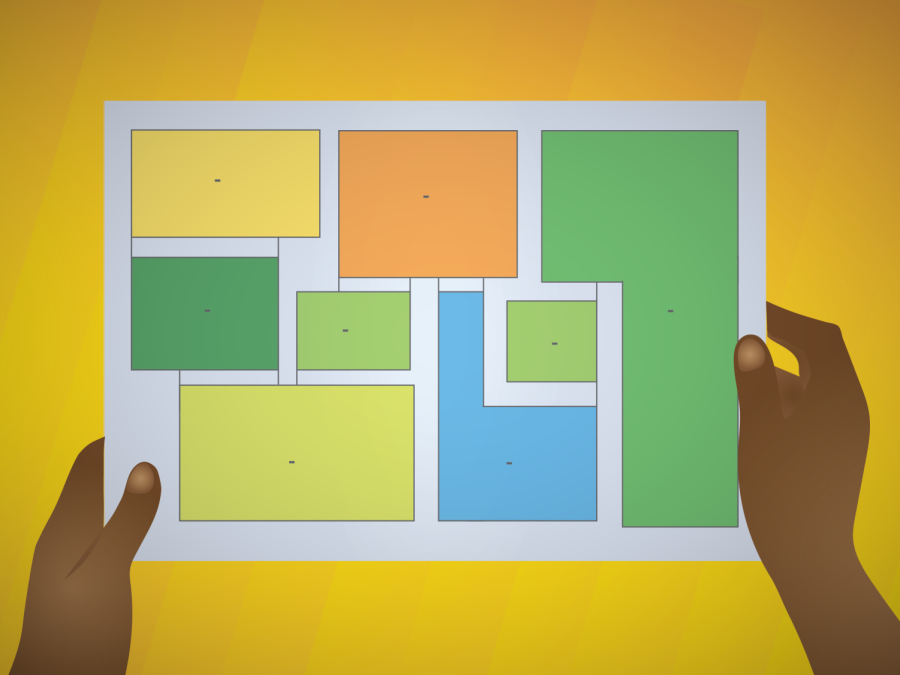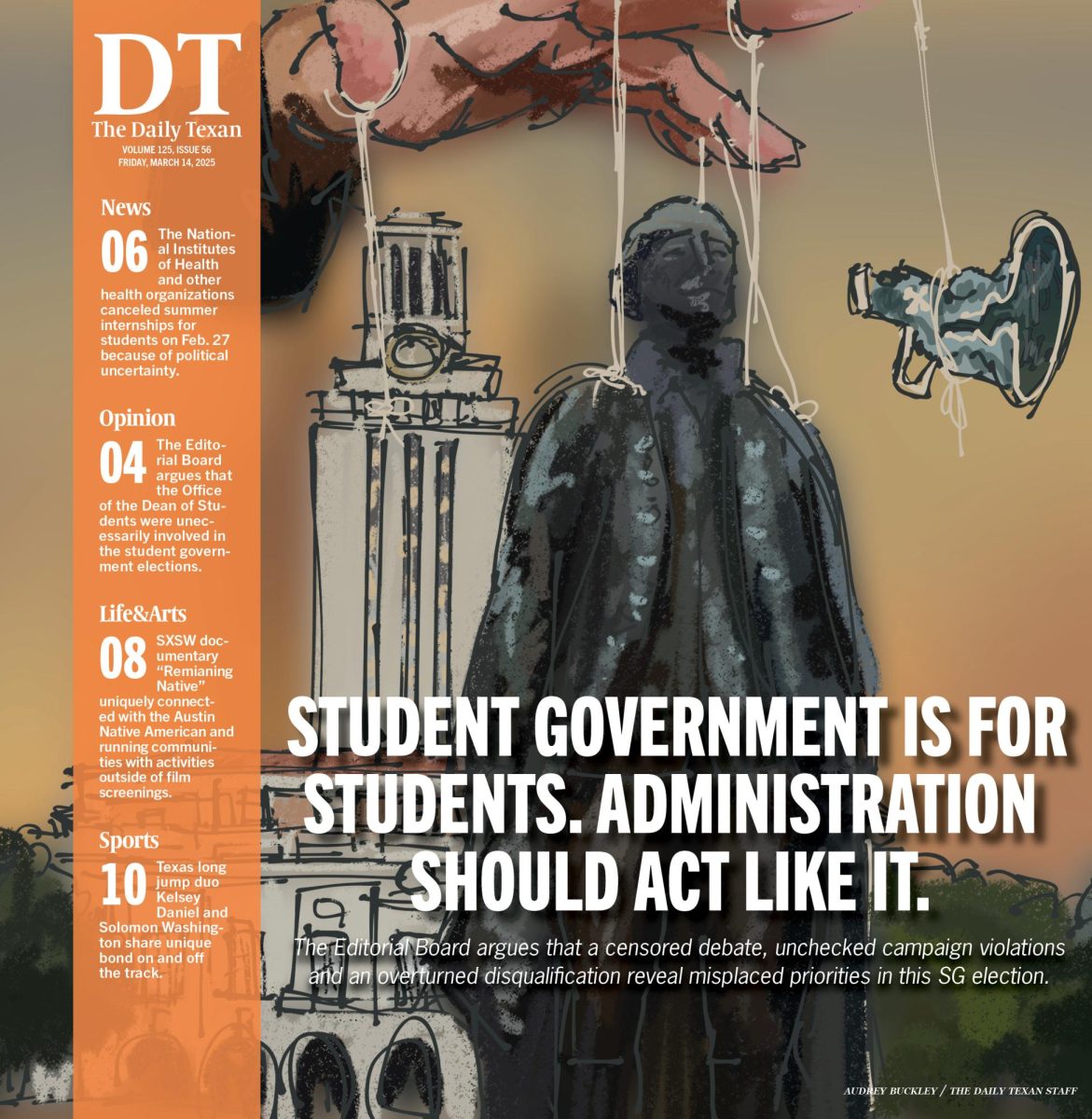UT must digitalize on-campus directories
January 19, 2022
When I first arrived at the University of North Dakota, it took me only a few hours to figure out the general layout of campus. After my first day of class, finding anything from a lecture hall to a gymnasium wasn’t a challenge due to comprehensive directories. After transferring to UT, I assumed finding my classes would be similarly manageable.
It took me three days to find where my classes were located.
After struggling to find the correct buildings by walking on campus and referencing the physical, on-campus directories, I tried using the map app on my phone. The mobile map was difficult to navigate, and the scale of the structures around me were hard to contextualize, just like the directories.
Finding your way on the Forty Acres shouldn’t be as challenging as it currently is. The University should upgrade its current on-campus directories, replacing them with digital, interactive touch screens that display campus.
Environmental science freshman Nate Loya expressed the need for improvement of on-campus directories.
“I have used (on-campus directories) before but I didn’t find it very helpful when navigating,” Loya said. “I was very lost within the first few weeks. Having (directories) there (is helpful), but not being able to move (them) around so you can change the angle at which you’re seeing (them) makes it very difficult.”
Students struggling to navigate their campus is an issue that shouldn’t be happening. While many students have phones, mobile maps aren’t always accurate with the approximate location of your class’s building and can’t express the location of the classroom itself.
“You not only have to find the buildings, but you have to find the classes inside those buildings,” Loya said. “There was one class, and I couldn’t find the building anywhere. (After finding the building), I had to go to the front desk and ask for directions (to the classroom).”
Digital directories would allow students to zoom in and out, type in a destination relative to their position, receive real-time construction updates and even search for the location of their lecture hall to gain a better understanding of where the actual class is.
Veronica Trevino, Financial and Administrative Services media manager at UT, discussed the future of directories on campus.
“There is a current online university map,” Trevino said. “We are exploring ways to make improvements to the map in the next year.”
If on-campus directory maps are hard for students to use, the online version of the same map is likely no different. While it’s encouraging that the University is considering making improvements next year, Loya agreed that upgraded campus directories are long overdue.
“UT has a big budget, so I know that they have the money to do something like that,” Loya said. “It is overdue, but at the same time, as long as they act on it, that’s what matters to me.”
Students depend on these directories. If action isn’t taken soon, this problem will continue misleading students. Prospective students might even be discouraged from attending, intimidated by the lack of reliable navigational resources on a campus as massive as UT’s.
Current on-campus directories induce stress, confusion and squinting. If the University were to convert currently incomprehensible directories into interactive, digital maps, all members of the UT community would be able to navigate their campus in a more efficient and confident manner.
Lazenby is an economics junior from Chicago, Illinois.












